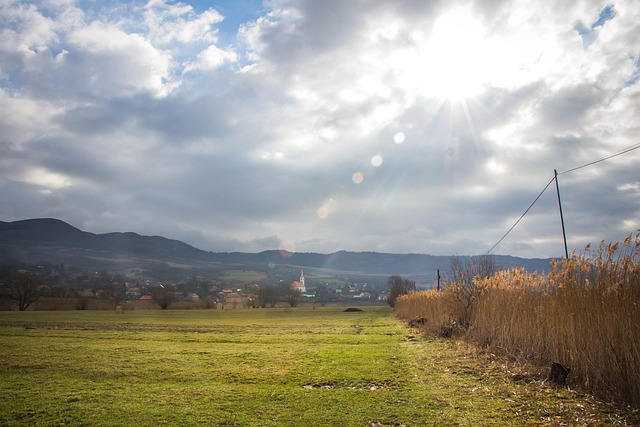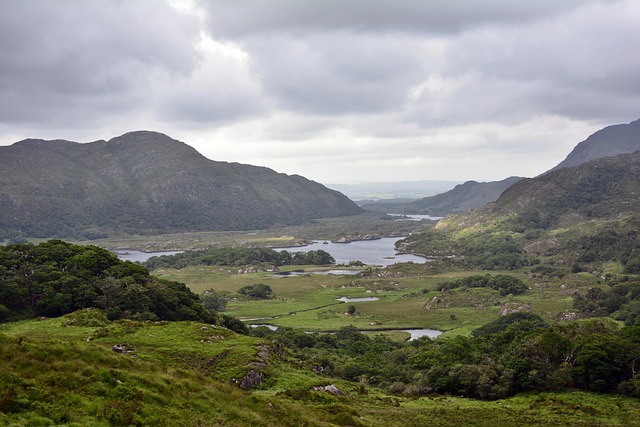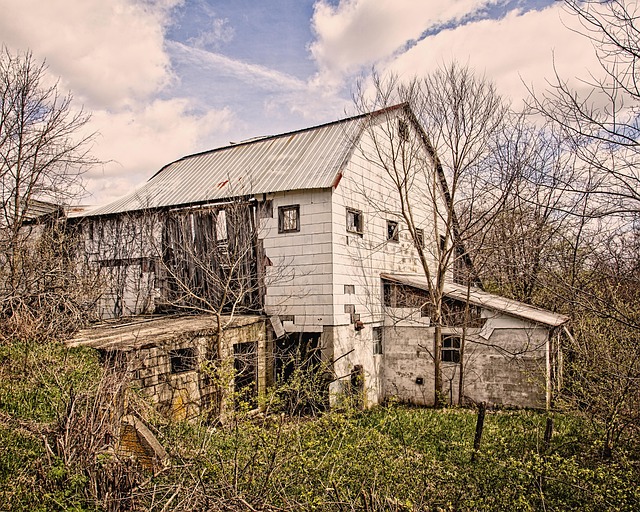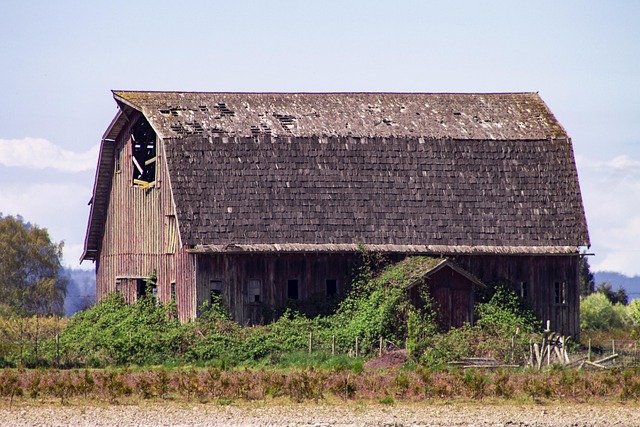Urban sprawl converts agricultural areas into dense city centers with skyscrapers, raising concerns about overpopulation and environmental impact. Cities are integrating green spaces to enhance quality of life. Suburban areas provide peaceful homes, communities, and local amenities, attracting those seeking stability and tranquility. Rural retreats offer open spaces, natural beauty, and a connection to nature, as people prioritize idyllic locations in real estate markets, reflecting a trend towards balanced, nature-centric living.
In today’s dynamic world, the traditional distinctions between urban, suburban, and rural lifestyles are blurring. Real estate markets are experiencing a diverse blend, offering unique experiences for every taste and lifestyle preference. From towering skyscrapers and bustling city sidewalks to serene suburban communities and tranquil rural retreats, this article explores these contrasting environments, highlighting their distinct charms and appeal in the modern era.
Urban Sprawl: Skyscrapers to Sidewalks
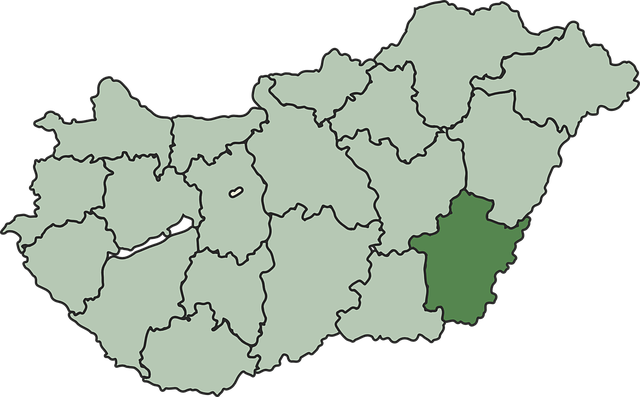
Urban sprawl, a common phenomenon in modern development, transforms landscapes once dominated by agricultural fields into dense urban centers. This expansion is characterized by towering skyscrapers reaching for the sky, contrasting starkly with the narrow sidewalks below. As cities grow, real estate becomes increasingly valuable, leading developers to maximize every inch of space. High-rise buildings sprout up, offering luxurious living and commercial spaces that cater to a fast-paced lifestyle.
This shift from rural to urban settings has significant implications for community design and resident experiences. While skyscrapers provide efficient housing solutions, they also raise concerns about overpopulation and environmental impact. Amidst the concrete jungle, the need for green spaces becomes paramount, prompting cities to incorporate parks and gardens into their urban sprawl to mitigate these effects and enhance residents’ quality of life.
Suburban Serenity: Homes and Communities

In many regions, suburban areas offer a serene blend of tranquility and community that is highly attractive to families and individuals seeking a break from urban hustle. These neighborhoods are characterized by well-maintained homes, often with lush yards, and tight-knit communities where neighbors know each other by name. The real estate market in these areas typically features a range of housing options, from cozy bungalows to modern mansions, catering to diverse lifestyles and budgets.
Suburban serenity isn’t just about physical attributes; it’s also about the sense of belonging and security that comes with living in close-knit communities. Local schools, parks, and community centers foster a strong sense of neighborhood identity, making suburban life appealing for those seeking a stable, family-oriented environment within easy reach of urban amenities.
Rural Retreats: Nature's Embrace
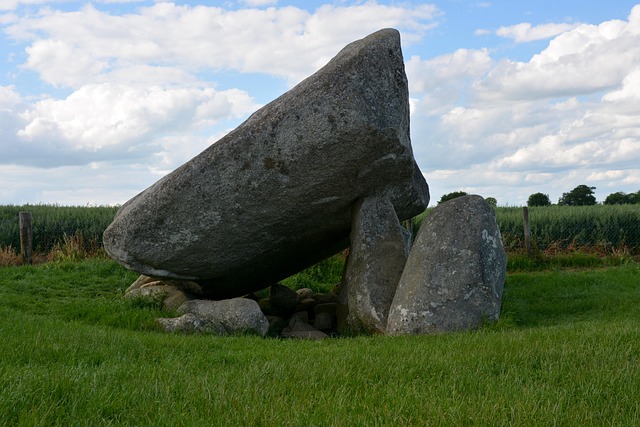
In today’s dynamic world, where urban sprawl often dominates the landscape, a growing number of individuals and families are seeking a different pace of life—one that nature embraces. This trend is reshaping real estate markets as people discover the allure of rural retreats. These secluded havens offer a peaceful escape from the hustle and bustle of city life, providing residents with vast open spaces, serene natural surroundings, and a closer connection to the earth.
Rural properties cater to those who yearn for a simpler existence, where the morning air is filled with the songs of birds rather than the noise of traffic. These retreats can range from cozy farms with lush fields to rustic cabins nestled among towering trees. With access to pristine lakes, rolling hills, and breathtaking sunsets, it’s no wonder that many are prioritizing these idyllic locations over traditional suburban or urban settings. This shift in preference is not just a trend but a movement towards a more balanced and nature-centric way of living.
